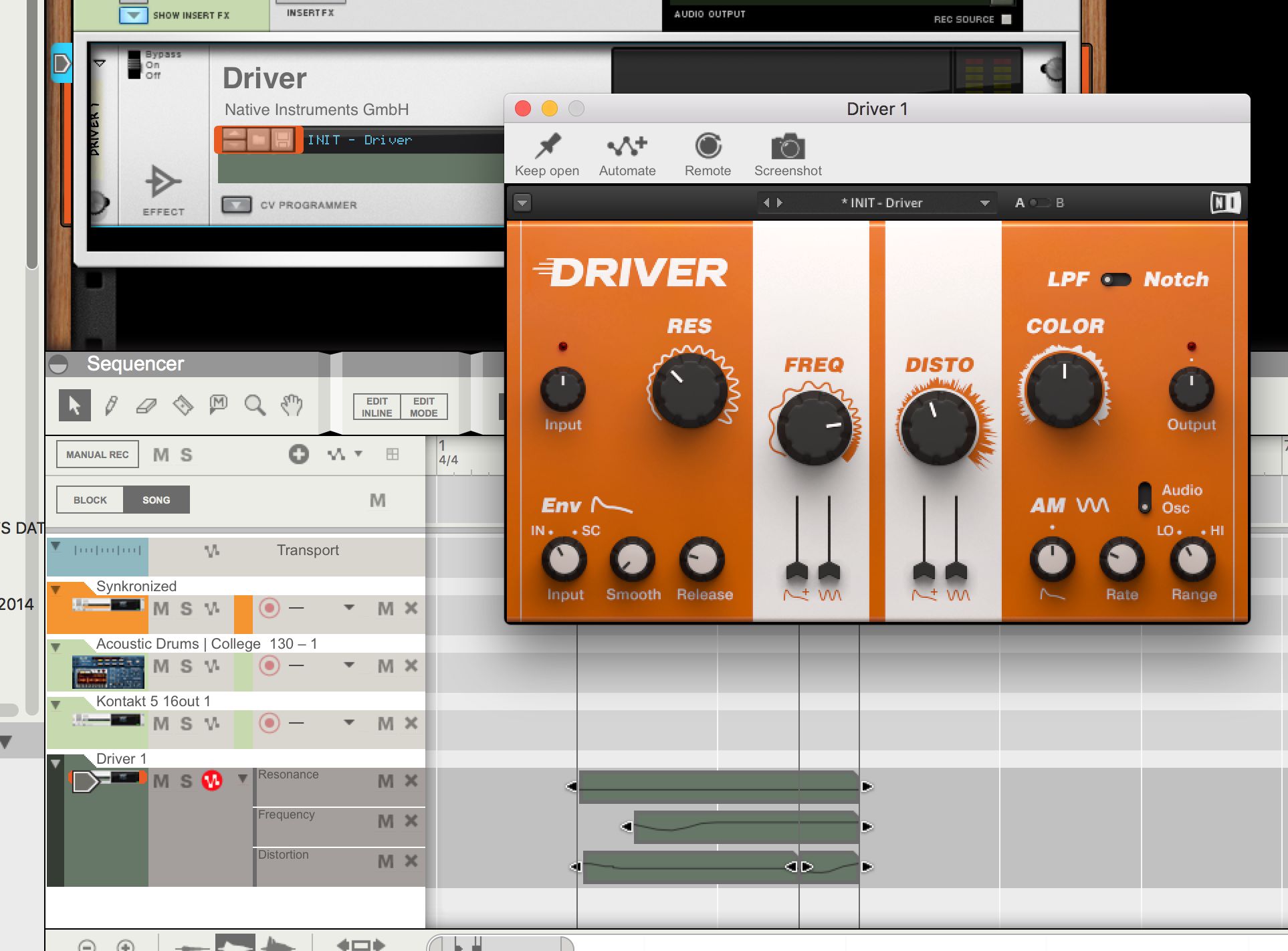

Just 11 percent of respondents said the expanded unemployment benefits made it possible to be more selective about a new job, and 9 percent said they're earning more through unemployment benefits than they would with a job. Those who voluntarily left their job during the pandemic are more likely to say they are using this time to prepare for a career shift than those who were laid off from their jobs. The top reason for remaining unemployed, cited by 42 percent of respondents, was not having received any responses to jobs for which they've applied.Īdditional primary reasons for continued unemployment included fear of being exposed to COVID-19 (32 percent), being offered less pay than their previous job (29 percent) and preparing for a career shift (17 percent). SHRM also polled 1,000 unemployed Americans who were laid off or left their jobs during the pandemic-the majority of whom worked hourly jobs in industries heavily impacted by the health crisis, such as food service and retail. Notably, employers in the SHRM research were significantly less likely to believe their hiring difficulties are tied to child care or safety concerns. "These workers face high infection risk, and elevated unemployment benefits are an attractive option for workers with relatively low wages."Īrt Bilger, founder and CEO of WorkingNation, a workforce development media nonprofit in Los Angeles, said that economists are split on whether the expanded unemployment benefits are the driving reason businesses can't find enough workers, and other factors must be considered, including continuing health concerns around the COVID-19 virus and the lack of affordable child care.
#Automation with cv reason 9.5 manual#
"Recruiting and retention difficulties are more pronounced in blue-collar and manual services jobs," said Gad Levanon, head of the Labor Market Institute at The Conference Board in New York City. The majority (70 percent) believe expanded COVID-19 unemployment benefits have been the primary factor making it difficult to find workers, prompting half the states to reduce or opt out of them. Still, employers report difficulty finding workers. The number of people looking for jobs even grew in June, according to the Bureau of Labor Statistics. Strictly speaking, there isn't actually a labor shortage-defined as not enough available workers to fill open jobs-because there are 9.5 million people classified as unemployed and looking for work, and 9.2 million job openings. Businesses are having the toughest time filling hourly, entry-level and midlevel nonmanagerial positions, especially in sectors such as manufacturing, hospitality, food service and health care. About half of organizations said they're seeing an increase in the number of applicants failing to reply to a request for an interview.


Nearly 90 percent of 1,200 employers surveyed by the Society for Human Resource Management (SHRM) said they were struggling to fill open positions this summer, and 73 percent said they're seeing a decrease in applications for those hard-to-fill positions. But the reasons for the hiring difficulty are harder to pin down. The problem is clear: Employers are struggling to recruit workers despite high levels of unemployment.


 0 kommentar(er)
0 kommentar(er)
